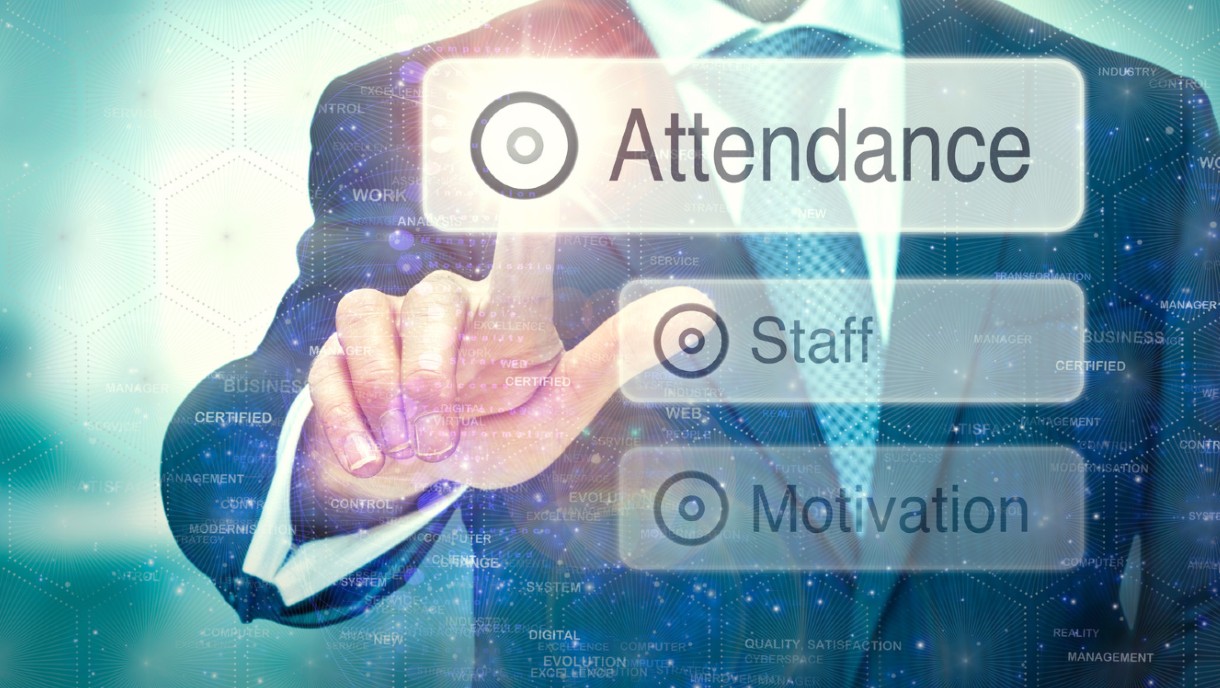Accurate tracking of employee attendance and hours worked is essential for ensuring fair compensation and efficient payroll management. However, buddy clocking remains an issue for many employers.
Buddy clocking happens when an employee clocks in or out for a colleague, leading to inaccurate time records and potential payroll discrepancies. According to a study by the American Payroll Association, buddy clocking can cost businesses up to 7% of their payroll expenses.
Time-clocking technologies have been developed to address this, offering solutions to mitigate buddy clocking. This blog will discuss the developments in time-clocking technology and its usefulness in addressing buddy clocking.
The impact of buddy clocking on businesses
Buddy clocking can affect the workplace in various ways. Let’s discuss the implications of this practice:
- Financial loss: According to the PREDICTIVEHR, buddy clocking accounts for an average of 2.2% of gross payroll costs. For businesses with large workforces, this can mean notable financial implications.
- Inaccurate time records: Buddy clocking can lead to discrepancies in time records, complicating the tracking of employees’ attendance and overtime calculations.
- Productivity loss: Buddy clocking can lead to time discrepancies and potential productivity issues. Without accurate time records, it’s challenging to address attendance concerns promptly.
How to avoid buddy clocking?
Businesses are turning to new time-clocking systems that use advanced authentication methods and real-time data tracking.
Let’s discuss some methods:
- Biometric time clocks: These devices use unique physical or behavioral traits, like fingerprints or facial recognition, to identify employees. According to a National Institute of Standards and Technology study, biometric methods are highly accurate. These identification methods reduce the chance of buddy clocking. However, this technology can be expensive because it needs specific hardware and software. But for many companies, the long-term benefits of stopping buddy clocking and making time records more accurate are worth more than the initial cost.
- Geofencing: Geofencing is a part of time-clocking technology that helps in reducing buddy clocking. It creates a virtual boundary around a location, like a workplace. The system will flag if an employee tries to clock in outside the designated zone. This feature supports accurate time recording and reduces buddy-clocking incidents.
- Mobile time clock apps: These apps utilize smartphones, allowing employees to use their devices for clocking purposes. With GPS technology, these apps can verify the employee’s location. Some apps also offer additional authentication methods. They are a practical choice for businesses as they are cost-effective and straightforward.
- Promoting accountability: Addressing buddy clocking involves setting clear attendance and time recording policies. Regular communication and training sessions emphasize the importance of accurate timekeeping.
Conclusion
Buddy clocking remains a concern for businesses. However, with the progress in time-clocking technology, there are effective ways to counteract this issue. Biometric time clocks, geofencing, mobile time clock apps, and promoting accountability are methods to address buddy clocking. With OLOID’s advanced time-clocking solutions, businesses can further enhance their time-tracking systems, ensuring accuracy and security.
OLOID’s time clocking solution
OLOID Time Clock offers a seamless and efficient business solution. It’s a contactless time-clocking system that uses facial biometrics and QR codes for authentication, ensuring accurate and secure time tracking for employees. The system is designed to work on off-the-shelf iPads, eliminating the need for expensive custom hardware. Moreover, it integrates effortlessly with existing time and attendance, payroll, and other HRIS systems, enhancing overall efficiency.
FAQs
Q1: What is buddy clocking in the workplace?
Buddy clocking is when one employee clocks in or out for another, leading to time record discrepancies.
Q2: How does buddy clocking affect businesses?
Buddy clocking can lead to financial implications, time record discrepancies, and potential productivity concerns.
Q3: What are biometric time clocks?
Biometric time clocks use physical traits like fingerprints or facial recognition to identify employees.
Q4: What is geofencing in time-clocking technology?
Geofencing sets virtual boundaries around a location, verifying employees’ presence when clocking in or out.
Q5: How do mobile time clock apps help?
They use GPS technology and additional authentication methods to verify employees’ locations and times.
Q6: What advantages do businesses get from time-clocking technology?
With time-clocking solutions, businesses can manage financial implications, enhance time record accuracy, and improve workforce management.





